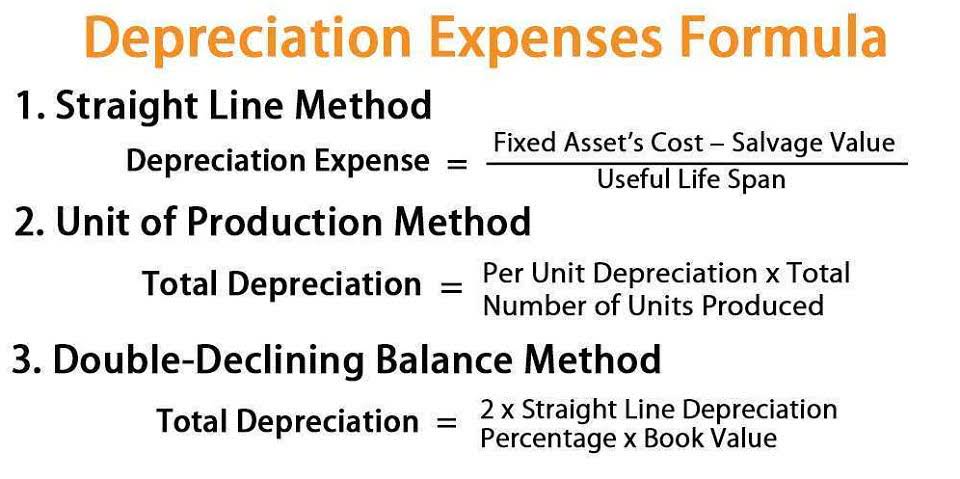
If a company is unable to collect on a note receivable, it may need to write off any notes receivable that are deemed uncollectible. For example, if a customer fails to pay back a note that is ten months overdue, this would need to be written off as a bad debt expense. Notes receivable are written promissory notes that a company receives from a debtor. Notes receivable are recorded as an asset on the balance sheet, whether they are current or non-current assets. Notes receivables are written promissory notes which give the holder or bearer the right to receive the amount mentioned in the agreement. Sometimes accounts receivables are converted into notes receivables to allow the debtors to pay the balance.

Difference Between Depreciation, Depletion, Amortization
- As you can see there is a heavy focus on financial modeling, finance, Excel, business valuation, budgeting/forecasting, PowerPoint presentations, accounting and business strategy.
- In this case, the current asset account Note Receivable is used to keep track of amounts that are owed to the business.
- Notes receivable are assets and represent amounts due to a business by a third party (usually a customer).
- For the past 52 years, Harold Averkamp (CPA, MBA) hasworked as an accounting supervisor, manager, consultant, university instructor, and innovator in teaching accounting online.
- Principal that is to be received within one year of the balance sheet date is reported as a current asset.
- After a year, ABC Co. must record the receipt when the customer repays the loan.
Note that the interest component decreases for each of the scenarios even though the total cash repaid is $5,000 in each case. In Bookkeeping for Chiropractors scenario 1, the principal is not reduced until maturity and interest would accrue over the full five years of the note. For scenario 2, the principal is being reduced on an annual basis, but the payment is not made until the end of each year. For scenario 3, there is an immediate reduction of principal due to the first payment of $1,000 upon issuance of the note. The remaining four payments are made at the beginning instead of at the end of each year.
- A case in point is the sale of equipment or other personal or real property in which payment terms are normally longer than is customary for an open account.
- The amount loaned to the employee invariably will be higher than the present value using the market rate because the loan is intended as a reward or incentive.
- Accounting for the assigning or factoring of accounts receivable are topics that are typically covered in an intermediate accounting text.
- Get $30 off a tax consultation with a licensed CPA or EA, and we’ll be sure to provide you with a robust, bespoke answer to whatever tax problems you may have.
- Let’s say a company lends $10,000 to a customer on January 1, 2023, and the customer signs a promissory note agreeing to repay the loan plus interest at a predetermined rate of 8% per year.
- The placement of notes receivable on the balance sheet provides insight into the timing of future cash inflows, which is valuable information for investors and creditors.
Notes Receivable in Liquidity Analysis

Upon recognition, notes receivable are initially measured at their face value, which is the principal amount the borrower agrees to pay. Notes receivable are written promissory notes that obligate a borrower to pay the lender a specified sum of money, either on demand or at a predetermined future date. They arise from a are notes receivable a current asset variety of transactions, such as loans to customers or the sale of goods and services on credit terms. For recognition in financial statements, a note must meet certain criteria.
- Now the note has been completely discharged, MPC has recorded an interest income of USD987.
- Current notes receivable are expected to be collected within a year, while non-current notes receivable have longer maturities.
- This information is vital for stakeholders to understand the financial impact of credit losses and the company’s approach to managing credit risk.
- The carrying amount of the note may be adjusted for amortization of discounts or premiums, and for any allowance for credit losses.
- Both accounts receivable and notes receivable can be used to generate immediate cash.
What is your current financial priority?
- For the purposes of accounting class, we will focus on Accounts Receivable transactions where an Accounts Receivable is turned into a Note Receivable.
- Notes receivable are a balance sheet item that records the value of promissory notes that a business is owed and should receive payment for.
- It should be a legal, binding agreement, and the collection of the amount due must be reasonably assured.
- Notes receivable also arise when a business lends an amount to another party against a documented promise to pay it back.
- The amount debited to notes receivable represent the interest earned in month of December on the carrying amount at the end of November because the note carries compound interest.
- Our writing and editorial staff are a team of experts holding advanced financial designations and have written for most major financial media publications.
Dino-Kleen, a customer of Terrance Inc. owes a $10,000 invoice that is past due. Terrance Inc. agrees to grant Dino-Kleen a longer period of time to pay the invoice in exchange for 5% interest. This means the interest on the note is earned in the January, February, March, and April accounting periods.
Example of Notes Receivable and Maturity Date
This is because not all the sales made to a particular customer are recorded in the customer’s subsidiary accounts receivable ledger. In any event, the Notes Receivable account is at the face, or principal, of the note. No interest income income summary is recorded at the date of the issue because no interest has yet been earned. The first journal is to record the principal amount of the note receivable. Below is a break down of subject weightings in the FMVA® financial analyst program.

